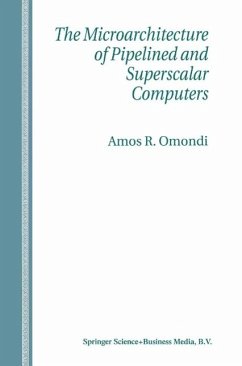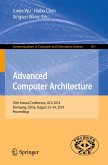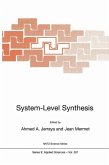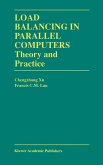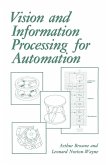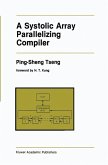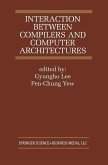This book is intended to serve as a textbook for a second course in the im plementation (Le. microarchitecture) of computer architectures. The subject matter covered is the collection of techniques that are used to achieve the highest performance in single-processor machines; these techniques center the exploitation of low-level parallelism (temporal and spatial) in the processing of machine instructions. The target audience consists students in the final year of an undergraduate program or in the first year of a postgraduate program in computer science, computer engineering, or electrical engineering; professional computer designers will also also find the book useful as an introduction to the topics covered. Typically, the author has used the material presented here as the basis of a full-semester undergraduate course or a half-semester post graduate course, with the other half of the latter devoted to multiple-processor machines. The background assumed of the reader is a good first course in computer architecture and implementation - to the level in, say, Computer Organization and Design, by D. Patterson and H. Hennessy - and familiarity with digital-logic design. The book consists of eight chapters: The first chapter is an introduction to all of the main ideas that the following chapters cover in detail: the topics covered are the main forms of pipelining used in high-performance uniprocessors, a taxonomy of the space of pipelined processors, and performance issues. It is also intended that this chapter should be readable as a brief "stand-alone" survey.
Dieser Download kann aus rechtlichen Gründen nur mit Rechnungsadresse in A, B, BG, CY, CZ, D, DK, EW, E, FIN, F, GR, HR, H, IRL, I, LT, L, LR, M, NL, PL, P, R, S, SLO, SK ausgeliefert werden.
Hinweis: Dieser Artikel kann nur an eine deutsche Lieferadresse ausgeliefert werden.

